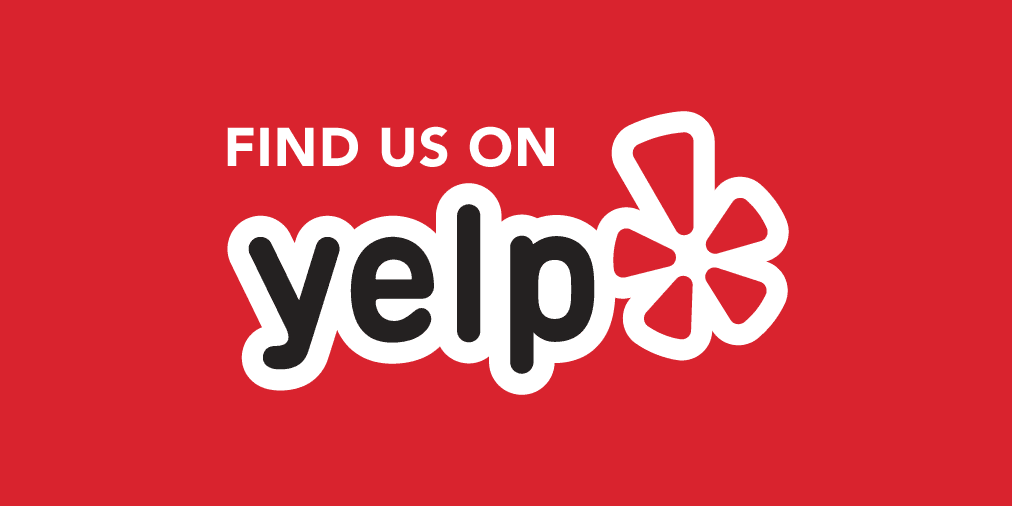
There was a time when marketing was much simpler. The only choices you really had were: radio, print, and tv allocation of budgets. A little collateral and print here and there, and you were good to go.
Over the last several decades there have been so many trends that have come and gone. Add to the marketing mix: PPC, email, social, mobile, and video. Then, throw in the volatility of what’s trending, is it shareworthy, and is it about to go viral? Factor in the uncertainty of which hot new platform is actually going to be around next year and what you get is a recipe for market confusion!
It’s funny. We spend so much time talking about how your target audience is exposed to so much noise, but we don’t spend nearly enough time talking about the “noise” factor in marketing options to reach said audience. How is today’s marketer supposed to figure out where to allocate their marketing budget when the options are so varied and extensive?
It’s time to go back to basics and start with the end result in mind. First, take a look at your company’s business and sales goals. What I mean by that is: let’s truly understand the sales goals (revenue) numbers we need to hit. Then, we’ll factor the sales and marketing budget. Extrapolate what is truly left for marketing and figure out the best allocation of resources/funds.
Establishing the Initial Annual Budget
Company ABC (a technology company) generated $50M in revenue last year. Their sales goal for this year is to increase 12% in revenue to achieve $60M. We also know that their end goal for the founder CEO is to sell the company when he hits $100M within the next 3-5 years.
With revenue of $50M, their marketing spend should be around $500,000 for the year. If we set aside 50% of that budget for investments like: sponsorships, tradeshows (paying for show, buying list, travel, hotel, food), events, meals/drinks, and other traditional sales expenses, that would leave us $250k for pure marketing. This budget would not include cost of in-house marketing team.
We know that their competition can be found at the usual events, tradeshows, and online via PPC. They are spending more than Company ABC as they are aggressively trying to take market share. Competitors are spending upwards of $5-$20 per keyword via Google Adwords. Tradeshows are really a “see and be seen” as opposed to lead generation endeavor. And, their target audience is typically a male techie between 25-45 yrs old with a bachelor and perhaps masters degree in a technology specialty…one of the hardest, most critical, discerning buyers you can target. That means Company ABC has to be very strategic with the allocation of their dollars and make sure they are getting maximum ROI.
Customer Profiling
First, we have to decide how we want to allocate our spend across the three main archetypes that affect the buying process: 1. First point of contact, 2. Decision influencer, and 3. Decision maker. We also need to decide how we want to allocate our spend on retention vs. acquisition. It’s a lot easier to keep a client and sell deeper into them than it is to constantly acquire new ones. A good rule of thumb is to spend 80% of your efforts on the 20% of your best customers as they are the ones that make you the most money. This holds true whether you are B2B, B2C, or even a Non-Profit (think best donors where I talk about clients/customers).
Client Retention Strategy
If Company ABC has 1,000 existing clients and 20% of their customers generate the most revenue, we need to segment out our existing client list: A-Listers = top 200 clients and B-Listers = the remaining 800 clients. Then, we know we also need to spend money to acquire new clients. We’ll figure that out after we decide how to focus on A vs. B list clients.
In this scenario, since the competition is so aggressive, we are going to allocate 35% of the total budget for our retention strategy. The sales department will allocate 50% of the event, tradeshow, and sales budget ($125k) to wooing and caring for A-Lister clients. The other 50% of the sales team’s budget ($125k) will be spent on caring for existing B-Lister clients, creating brand awareness, meeting with prospects, and nurturing non-client referral sources. Add in 20% of the marketing budget for tradeshow spend and augmenting those tactics. That would mean the sales team would set aside $125k for event and tradeshow investment and the marketing team would set aside $50k for event and tradeshow marketing. The total event and marketing budget from both departments would be $175k (35% of the total $500k budget).
If the sales team is going to a tradeshow, they shouldn’t spend their “meal and drinks” budget on prospects and referral sources, or strangers that are their tradeshow circuit buddies. They should spend it on taking their best clients out to a really nice dinner to thank them for their business and get to know them better, aka find a way to sell deeper into them. Traditional marketing efforts like pens, postcards, eblasts, and a contest at the show can be targeted at prospects and B-Lister clients. Strong referral sources and B-Lister clients can also receive a premium promo item like a leather-bound journal that is exclusively set aside for that audience.
Here is the current breakdown:
$125k (from sales) – attend tradeshows/events, sponsor events, meals/drinks to care for A-Lister clients
$50k (from marketing) – augment sales efforts with eblasts, list purchase, contest, standard promos, special promos, postcards, flyers, pop up banner stands, tradeshow booths, etc.
$125k (from sales) – care for B-Lister clients, create brand awareness, meet with prospects, nurture non-client referral sources
$200k (from marketing) – currently TBD
Total: $500k budget
In our next blog post, we’ll discuss how to allocate your budget to acquire qualified prospects by calculating your cost of customer acquisition, factoring in your sales team’s close rate, and appropriately measuring the “right” conversions.








